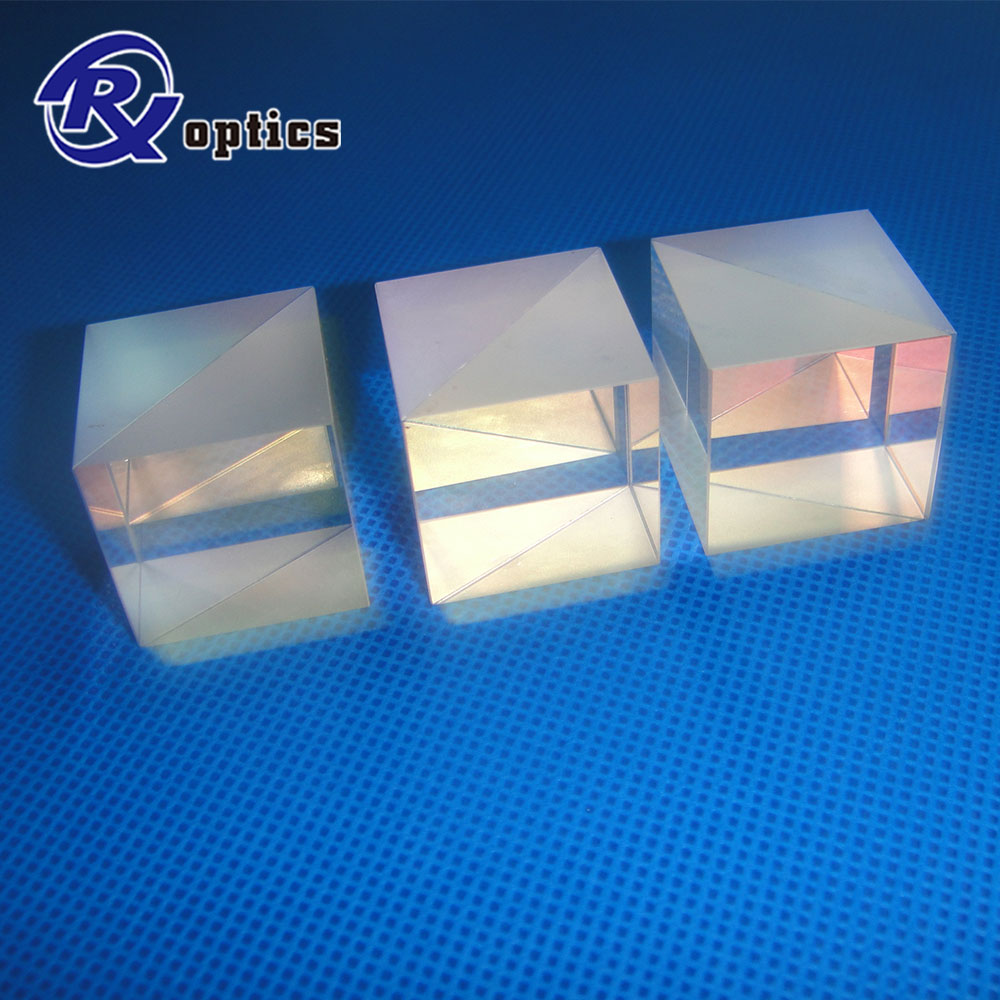The characteristics of the metal cutting industry are characterized by rapid advances in technology. The most important trends in the market are:
(1) In order to increase productivity, a higher cutting speed is employed.
(2) In order to reduce cost and environmental requirements, dry machining and / or minimum lubrication (MQL) processing is used.
(3) In order to make parts and structures lighter, difficult-to-machine materials such as high-strength materials are used.
All of these trends place higher demands on the wear resistance, plastic deformation resistance and toughness of the tool coating.
Due to its high chemical stability and favorable thermal properties, Al2O3 is the ideal tool coating material for high speed metal cutting. It is worth emphasizing that CVD is still the only technology that can economically produce high quality Al2O3 coatings.
Even though most publications in the field of coating abrasion resistance are studying PVD, it is important to recognize that significant advances in CVD technology (especially CVD Al2O3 technology) over the past few years have been important. There are currently three Al2O3 phases (a-Al2O3, k-Al2O3 and g-Al2O3) capable of CVD deposition in a controlled manner.
a-Al2O3 is the only stable Al2O3 phase. The metastable k-phase and g-phase will be converted into stable phases with heat treatment during deposition, heat treatment after deposition, and heat generated during metal cutting.
Surprisingly, it has been found that stable a-Al2O3, stabilized k-Al2O3, is more difficult to perform industrial scale CVD deposition. One of the reasons is that the nucleation of k-Al2O3 occurs smoothly on the unoxidized surface of the TiC, Ti(C, N) or TiN layer having the fcc structure. When the nucleated k-Al2O3 is relatively stable, it can grow to a considerable thickness (>10 μm). Therefore, if the nucleation surface is TiC, Ti(C, N) or TiN (considering the typical case of cemented carbide), it is not simple to nucleate and grow a-Al2O3 using CVD. This explains to some extent the ubiquity of k-Al2O3 as a coating material, and there are still many commercial CVD Al2O3 coatings composed of k-Al2O3.
The state of the art in depositing a-Al2O3 and k-Al2O3 coatings with full nucleation control has only recently reached industrial scale. The alumina phase is controlled by nucleation prior to Al2O3 self-deposition, and all individual Al2O3 layers (k-Al2O3 and a-Al2O3) are deposited using the same process parameters. This technique allows the phase content of the CVD Al2O3 coating to be fully controlled.
As noted above, k-Al2O3 is metastable and may transition to a stable a-Al2O3 phase during the deposition process as well as during the cutting process, especially at high cutting speeds. The volumetric contraction encountered by the phase transition will reduce and eventually destroy the adhesion of the k-Al2O3 layer. Therefore, a-Al2O3 is the best and safest choice for deposition and wear resistance (especially when the cutting speed is high). Fine particles and defect-free a-Al2O3 can significantly improve wear resistance.
For turning applications, the abrasion resistance of textured coatings was evaluated. The chemistry of the nucleation surface is an important factor in predetermining the phase content and growth texture of the Al2O3 layer. The optimized nucleation results in a significant increase in wear performance, and these types of a-Al2O3 layers are typically composed of relatively small, non-porous, non-defective particles. The a-Al2O3 layer of the [1 0 1 4] structure exhibits the best wear resistance.
Cube Beamsplitters are a type of Beamsplitter used in many life science or laser applications. Cube Beamsplitters are used to split incident light into two separate components. Cube Beamsplitters are durable, easy to mount Beamsplitters that feature equal optical path lengthsCube Beamsplitters are a type of Beamsplitter used in many life science or laser applications. Cube Beamsplitters are used to split incident light into two separate components. Cube Beamsplitters are durable, easy to mount Beamsplitters that feature equal optical path lengths.
Cube Beamsplitters are available for optimal performance in the Visible or Infrared (IR) Spectrum, with anti-reflection coating options designed for popular laser wavelengths or wavelength ranges. Standard Cube Beamsplitters, which are used in many illumination or teleprompter assemblies, split light by a percentage of overall intensity. Polarizing Cube Beamsplitters, which are ideal for semiconductor or photonics instrumentation, split unpolarized light into

Beamsplitter Cube,Beamsplitter Cube Prism,Beamsplitter Glass Cube,Polarizing Beamsplitter Prism
Changchun Ruiqi Optoelectronics Co.,Ltd , https://www.ruiqi-optics.com
